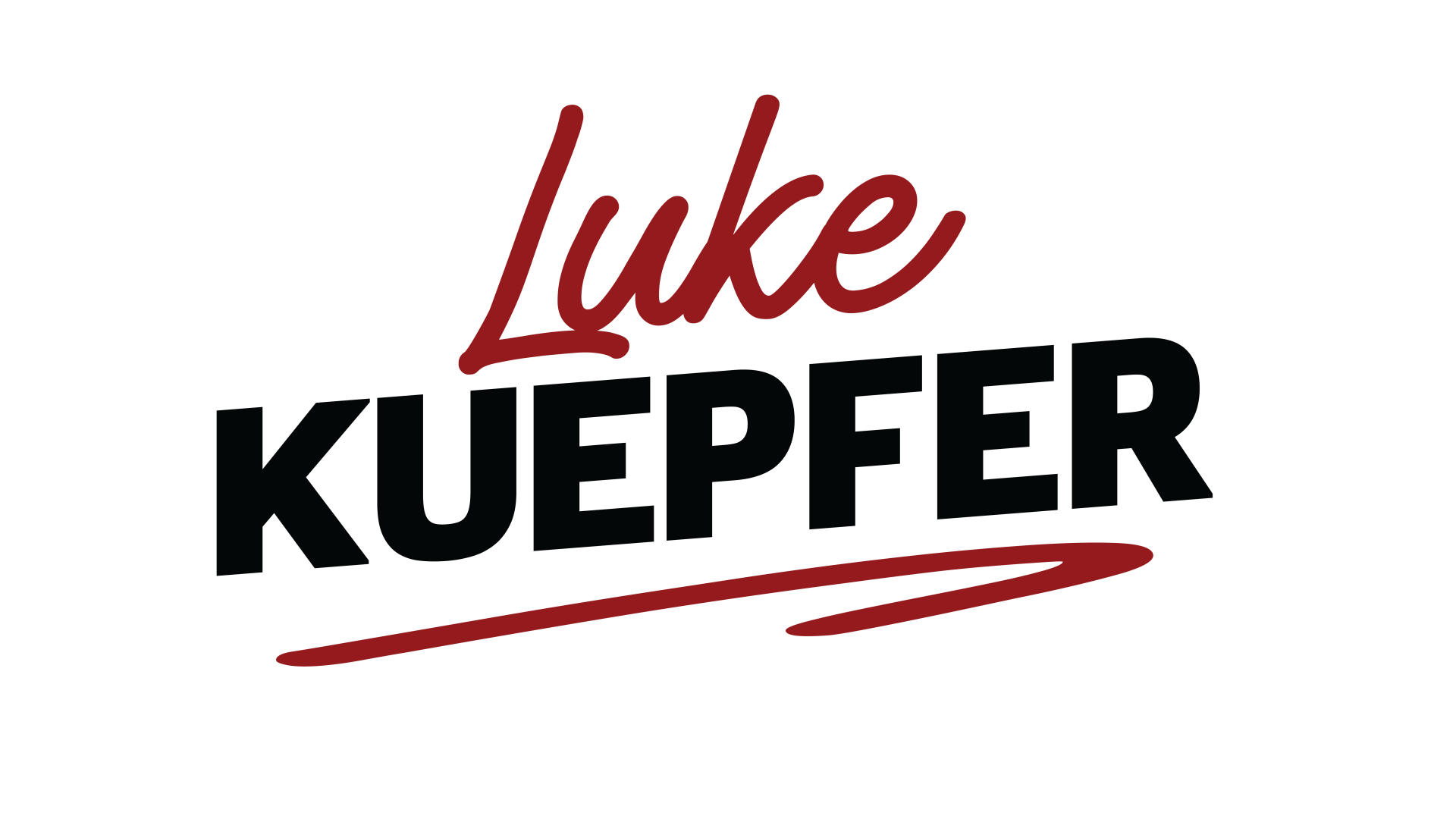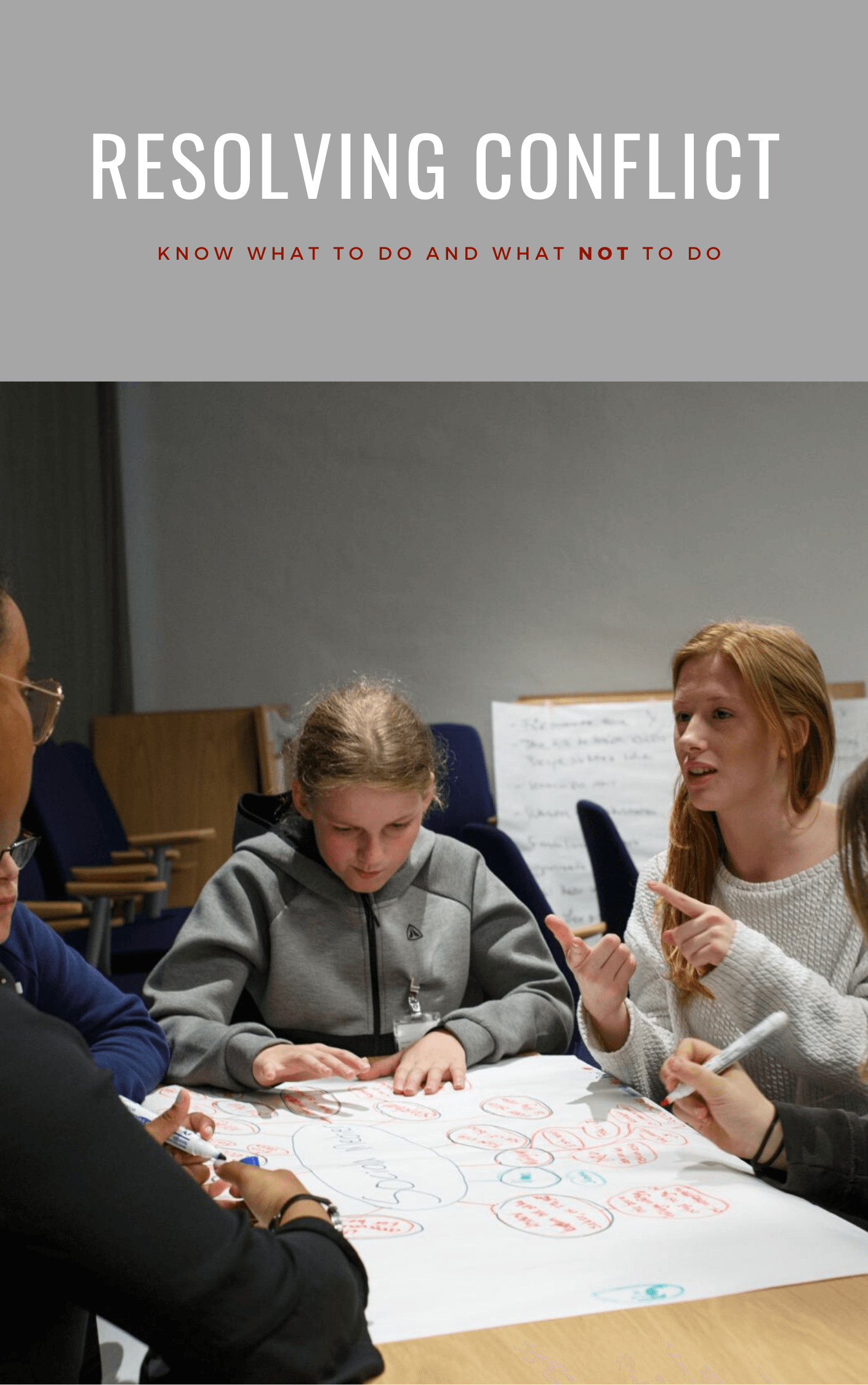Effective Communication for Positive Change, Part 1
One reason organizations struggle with positive change is due to ineffective communication or even wrong thinking on what communication should look like. Communication needs to be analyzed on two levels. First, all information pertaining to the issue involving change must be shared freely.
“Information is power, but it is pointless power if hoarded,” writes Max De Pree in his book, Leadership is an Art. Too many leaders want to tightly control information and then wonder why their people are slow to adapt to the change or it does not diffuse at all. I saw this happen in one organization I once worked for. Sometimes the board meeting minutes were edited down for a group of lower-tiered leaders—a sterilized version of what was discussed. Full disclosure could have prevented misunderstanding and wrong assumptions among those who should have been “in the know.”
Obviously, there are some facts, numbers, or data that cannot be disclosed to everyone within an organization. But perhaps instead of operating from the basis of, “How much can we disclose?” or “How little do we need to make known?” we should ask instead, “Why can't we disclose this information?” or “How much can we make known?” Depending on which set of questions you lean toward may be quite telling about the level of trust you have within your organization.
Second, communication needs to be a two-way street. We'll talk more about that in next week's post.















